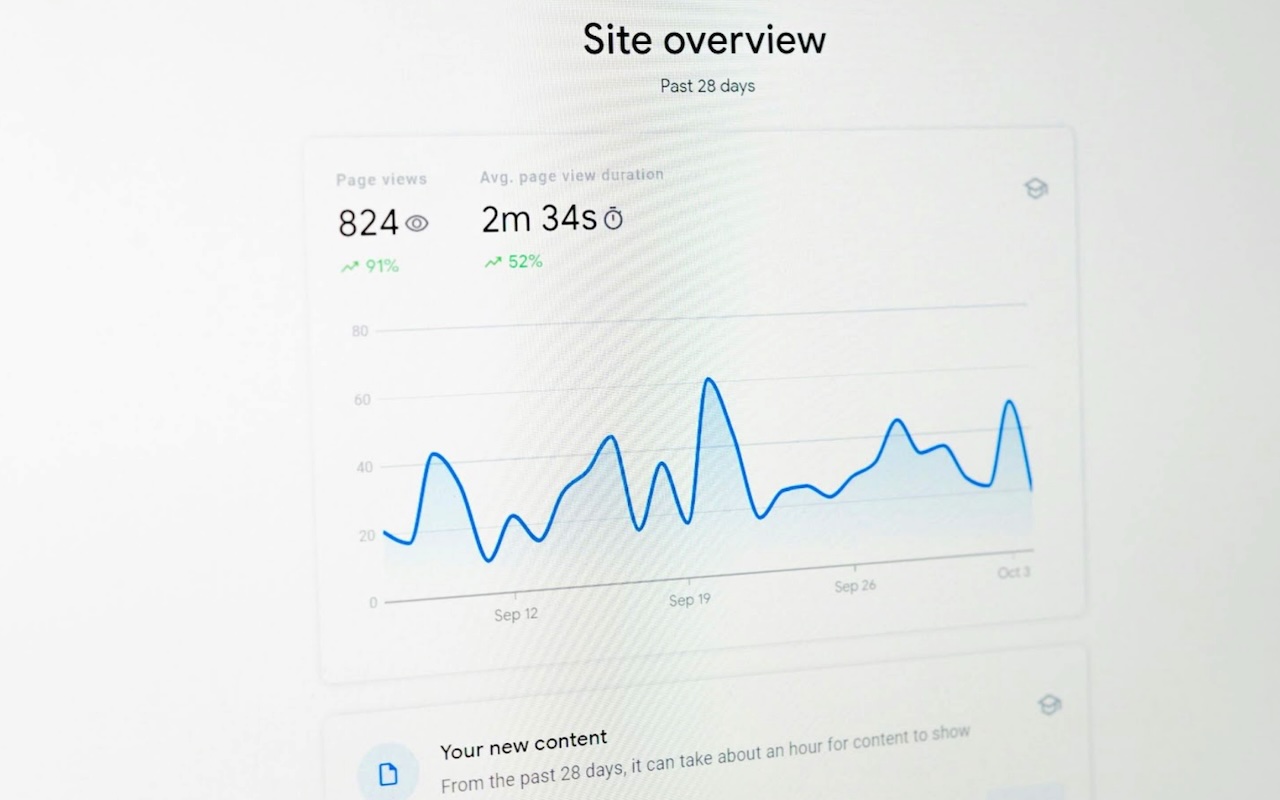
In today’s digital-first world, a website is often the first place a potential customer, partner, or client learns about your company. A site that is slow, insecure, or poorly optimized can lead to lost opportunities, reduced credibility, and even financial setbacks. As we move into 2025, expectations for web performance are higher than ever. Users demand speed, security, and seamless experiences, and websites that deliver on these fronts are more likely to gain visibility and advantages in search engines.
In a bid to make your website successful in 2025, three key areas demand your focus: speed, security, and engagement. The question is, what best practices can help you move forward and ensure your site performs at its best in the year ahead?
1. Prioritizing Speed: The Foundation of User Experience
Optimize Core Web Vitals
Core Web Vitals, developed by Google, such as Largest Contentful Paint (LCP), First Input Delay (FID), and Cumulative Layout Shift (CLS), remain among the most important performance indicators in 2025. A fast-loading site not only improves user experience but also strengthens SEO rankings.
- Use next-gen image formats such as WebP or AVIF
- Deliver content through a Content Delivery Network (CDN) so servers are closer to your users
- Minify CSS, JavaScript, and HTML to reduce file size and speed up page loads
- Implement lazy loading for images and videos so they load only when needed
Embrace Edge Computing
In 2025, edge computing has gained popularity as companies look for ways to reach a global audience without creating latency issues. Edge solutions reduce load times significantly compared to traditional centralized hosting by processing data closer to end users.
Mobile-First Optimization
Mobile traffic is at its peak, making a responsive design non-negotiable. Your site should not only adapt to smaller screens but also be optimized for speed and usability based on mobile users’ needs. Lightweight and responsive frameworks are now essential, while Accelerated Mobile Pages (AMP) have become less common.
2. Strengthening Security: Building Digital Trust
With the rise in cyberattacks and data breaches, brand reputation and user trust depend heavily on whether a site is secure. A secure website not only protects sensitive information but also builds confidence among visitors.
Use HTTPS Everywhere
Seeing an SSL certificate is the most basic level of security. In 2025, more browsers and search engines are alerting users that non-HTTPS websites are unsafe, which can significantly increase bounce rates. Implementing HTTPS and TLS 1.3 is now a necessity.
Multi-Layered Authentication
In case your website includes user accounts or e-commerce features, requiring multi-factor authentication (MFA) helps reduce the risk of unauthorized access. Passwordless methods, such as biometrics or magic links, are also becoming increasingly popular.
Regular Security Updates and Patches
The most common entry points for hackers are outdated plugins, themes, or CMS platforms. Regularly updating and patching all software is essential. Automating these updates can also save money and help reduce human error.
Protect Against DDoS and Bot Attacks
Bots and distributed denial-of-service (DDoS) attacks remain a persistent threat to modern websites. To strengthen your site against these risks, invest in firewalls, AI-driven threat detection, and CDN-based defenses.
3. Driving Engagement: Creating Memorable User Experiences
While speed and security make sure users can reach your site safely and quickly, engagement is what keeps them interested. A thoughtful user experience helps boost retention, improve conversions, and strengthen brand loyalty.
Personalization with AI
In 2025, personalization goes far beyond simple greetings like “Hello, [Name].” With AI-driven insights, websites can now deliver tailored recommendations, dynamic content, and predictive search results that adjust to user behavior in real time.
Interactive and Immersive Content
Static websites are becoming outdated as companies adopt interactive tools such as chatbots, quizzes, calculators, and 3D product views. The combination of AR and VR technologies has the potential to provide immersive experiences for customers in retail, real estate, and corporate education.
Accessibility First
A captivating site is also inclusive. Make sure that your website is accessible to everyone by providing features such as text-to-speech, alt text, keyboard navigation, and adjustable color contrasts. Accessibility not only enhances the user experience for all but also ensures compliance.
Seamless Navigation and Clear CTAs
User paths should be simple and intuitive. A cluttered website can drive visitors away. Optimize your navigation menu, highlight your most valuable pages, and include clear call-to-action (CTA) buttons that guide users toward conversions.
Leverage Analytics for Engagement Insights
The actual engagement comes from understanding what works and what doesn’t. In 2025, AI-driven analytics tools go beyond simple page-view metrics by providing insights into user intent, sentiment, and behavioral patterns. Use this information to optimize your content, design, and user flows.
4. Integrating Speed, Security, and Engagement: A Holistic Approach
The most successful websites in 2025 don’t see speed, security, and engagement as separate goals. Instead, they integrate these elements into a holistic strategy:
- A fast website ensures users stay and explore
- A secure website builds trust so visitors feel safe
- An engaging website turns casual visitors into loyal customers
For example, an e-commerce site that loads product pages instantly (speed), secures transactions with advanced encryption (security), and uses AI to recommend relevant products (engagement) is far more likely to convert and retain customers.
Conclusion
In 2025, website performance is no longer just about aesthetics or content. It is equally about delivering speed, trust, and memorable experiences. With optimized Core Web Vitals, stronger security, and investment in tailored, engaging content, your site can remain competitive in an increasingly demanding online environment.
It’s important to remember that a website is not a one-time project but an evolving asset. Continuous evaluation, updates, and adjustments to meet new technologies and user expectations are essential. This ongoing approach not only boosts performance but also helps future-proof your online presence.
Share this post
Leave a comment
All comments are moderated. Spammy and bot submitted comments are deleted. Please submit the comments that are helpful to others, and we'll approve your comments. A comment that includes outbound link will only be approved if the content is relevant to the topic, and has some value to our readers.

Comments (0)
No comment